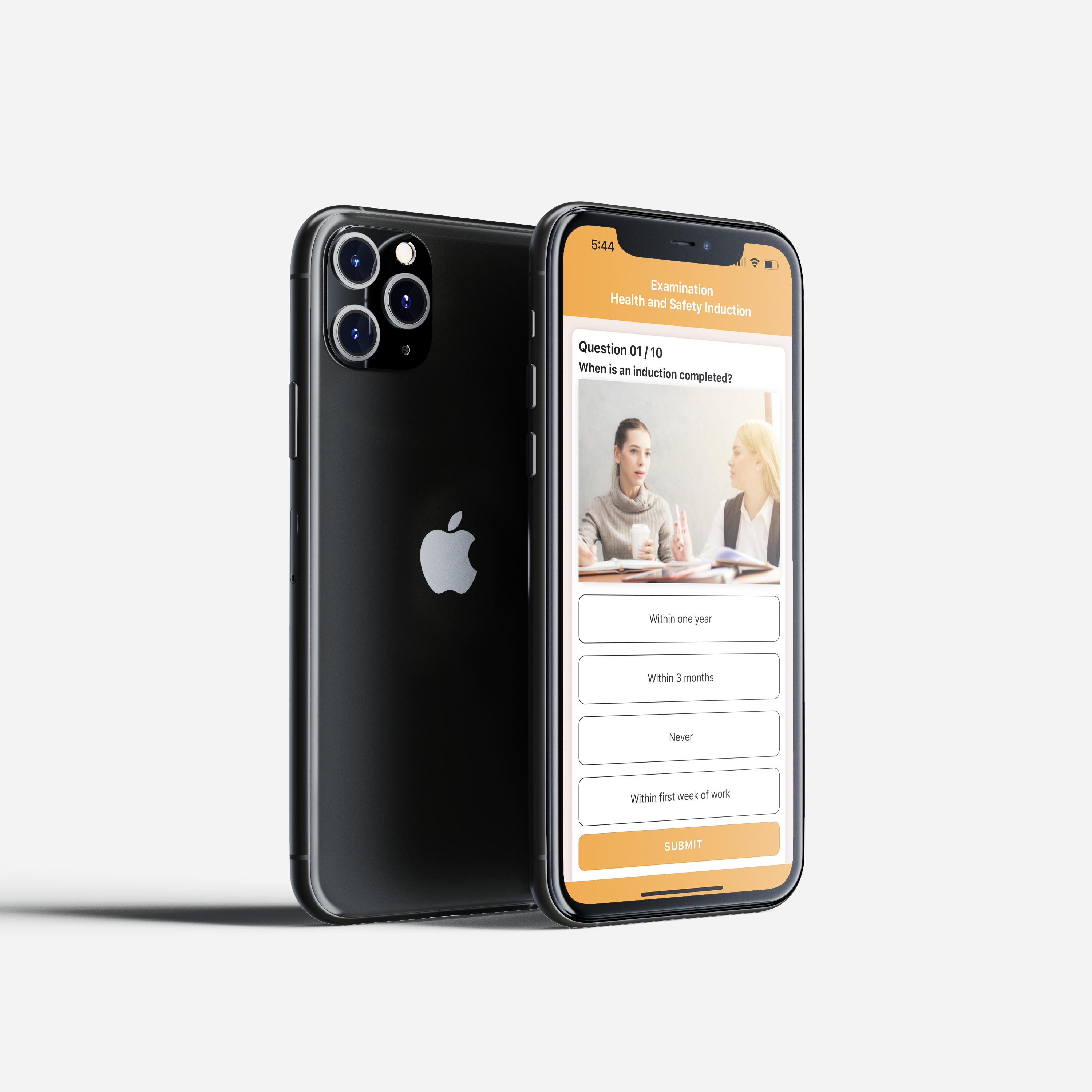
Risk Assessment Unleashed: Empowering Businesses with Our Cutting-Edge Software
Effectively managing risks is crucial for the success and sustainability of any organisation. Recognising this
Health and Safety Software » Incident Management » The Importance of Hazard Reporting

Why is hazard reporting important?
The process for reporting hazards will vary depending on the workplace. However, there are some general steps personnel can follow to report hazards.
Once a hazard is reported, the appropriate person will investigate the hazard and take steps to address it. This commonly involves correcting the hazard, providing training to workers, or implementing new safety procedures.
Tips for hazard reporting:
The iProtectU health and safety software provides:
Arrange your demonstration
Let us show you how we can transform your compliance management
Choose a date and time for your demo (no obligation) and we will be in touch.

Effectively managing risks is crucial for the success and sustainability of any organisation. Recognising this

Artisan Environmental recently marked two decades of delivering specialist asbestos consultancy, inspection and health &

iCertifyU is an App which provides free eLearning for everyone, whether you are an employee,

According to recent research, almost half of UK tradespeople view asbestos as a problem of

31st October 2025 represents the deadline for organisations to transition their Information Security Management System

According to a recent head protection survey, only 15% of workers who should be wearing